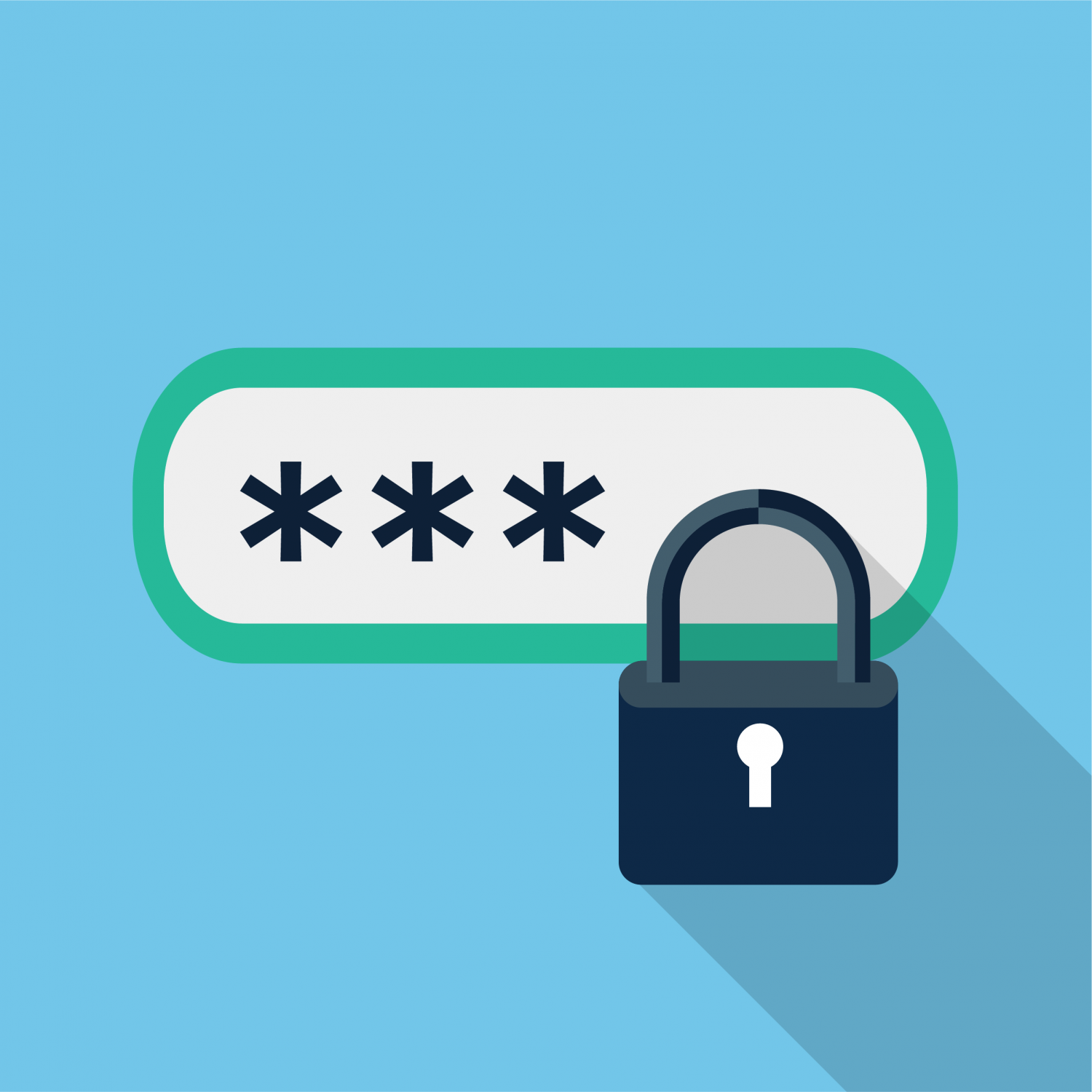How to Pass Along All Those Passwords When I’m Gone

By: Jeremy Skoglund, VP Trust Officer
You’re looking to take care of your loved ones when you are gone. You’ve thought of everything as you put together your estate plan…who will get the money in your accounts, your life insurance proceeds, your vintage plaid suits. That should cover everything, right? Well, did you make a plan for your digital assets?
What does he mean by “digital assets” and do I even have any? Digital assets represent many types of assets that I would bet you have. They include things like e-mail accounts, social media accounts (i.e. Facebook, LinkedIn, Instagram), and websites you own. Most of us have tons of usernames and passwords for all kinds of online sites. All of these usernames and passwords would be considered digital assets. So, what can you do to protect these assets? It’s always a good idea to discuss your options with your attorney as you put together your entire estate plan, but here are a few ways to get started.
Keep track of your digital assets
This is probably the hardest part of protecting your digital assets. You need to know what you have. I would bet you have more than you think. If I only count my personal usernames, I have 191. Hopefully, you don’t have that many. Of course, all of these are not important. I am not going to worry if my digital library account gets forgotten. Any book I have checked out with that gets automatically returned and my wife wouldn’t have any reason to use my account. She has her own. But it would be nice if my wife could access my email account, so she can eventually close the account. It’s a lot harder to close those down if you don’t have access.
Come up with a way to house all those usernames
We all know we shouldn’t write down our passwords, so what other ways can we keep this information safe for someone to access when we are gone. There are a few ways you can do this. Regardless of how you do it, though, it’s always a good idea to have a backup.
Use a Password Manager
Password Managers are software products that can be housed on your computer, your phone or even in the cloud. You will setup a master password to access the program and place all your usernames and passwords inside the software.
Use an External Hard Drive or Flash Drive
If you’re not comfortable storing your information inside a program on your phone or computer, you could purchase an external hard drive or use a USB flash drive that you can connect to your computer. This allows you to store your information on that device and as long as you keep the device in a safe place there is less of a chance of someone getting access to the information.
Leave Directions
Having all this information stored somewhere safe is great, but the whole point of this process is to make sure someone can access your information when you are gone. So, make sure that you put together a letter with instructions explaining how to access your information. This can include the master password to your Password Manager or where to find the external drive. Don’t forget to let someone know where they can find this letter.